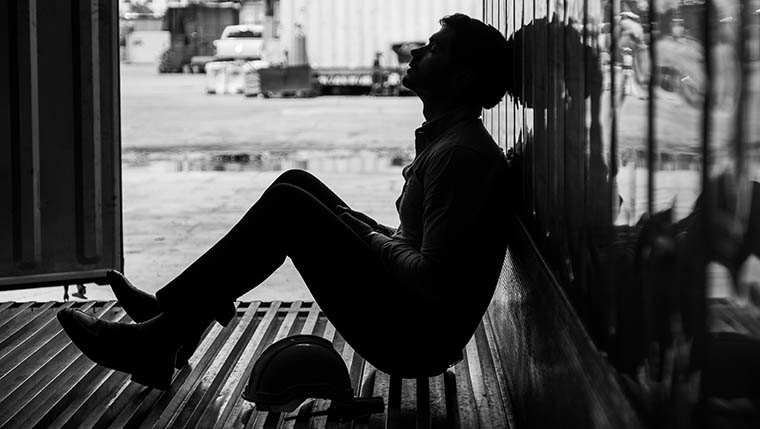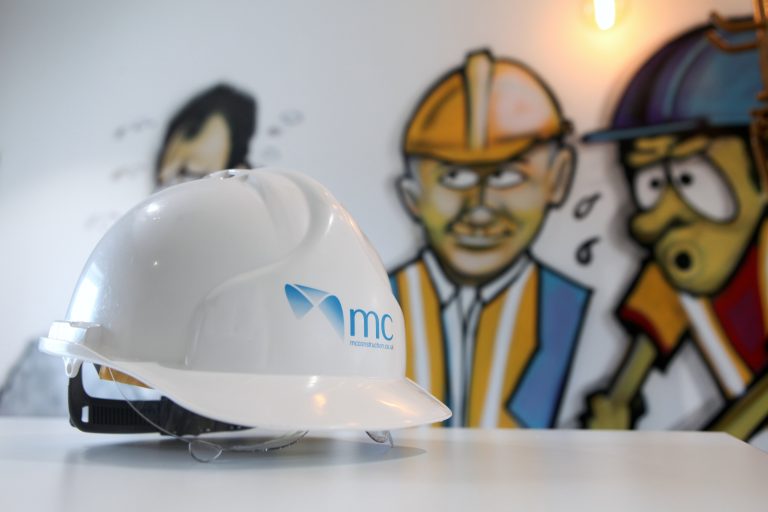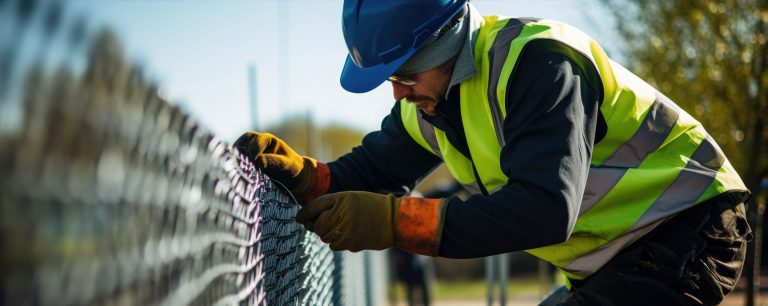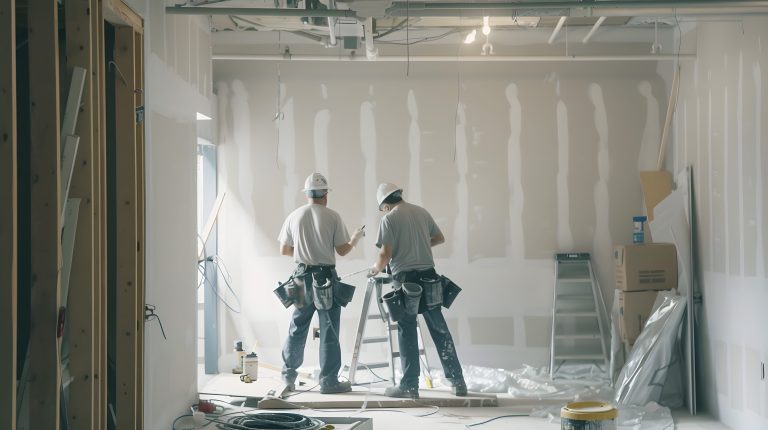Buildings are meant to protect us, but hidden environmental health hazards, from dangerous construction materials to poor waste management, can turn them into danger zones, threatening safety and structural integrity. The good news? Awareness and action can prevent disasters. Are you doing enough to keep your home or business safe from these common environmental health risks? Let’s find out! 1. Hazardous Construction Materials Your building might be hiding some dangerous secrets. Older materials like asbestos, lead paint (often found in buildings constructed before 1978), or outdated insulation can pose serious health risks, from respiratory diseases to developmental delays. (1) For instance, asbestos exposure often goes unnoticed until renovations or repairs stir them up, releasing harmful particles into the air. Don’t DIY this one—call in certified professionals offering asbestos management solutions for safe removal and replacement with modern, non-toxic alternatives. Whether it’s scraping old paint or swapping insulation, addressing hazardous materials keeps your building safer for everyone, especially vulnerable populations. Remember, prevention is an investment in safety and long-term peace of mind. 2. Volatile Organic Compounds Volatile organic compounds (VOCs) are a hidden threat to the air we breathe indoors—where most of us spend about 90% of our time. These chemical hazards, found in products like paints, cleaning supplies, and adhesives, can linger in the air and have negative health effects. Short-term human exposure can irritate the eyes and throat, while long-term exposure poses greater risks. (2) Choose low-VOC or VOC-free products. Ensure proper ventilation during maintenance as well. Using high-quality air filtration systems? That’s also a good idea. 3. Mold and Moisture Problems Excess moisture from leaky roofs or pipes, water damage, high humidity, and especially flooding is an open invitation for mold to move in. Beyond being an eyesore, such fungus can weaken your building’s structure and trigger health issues like asthma and allergies. Moisture-related issues like mold growth are costly—up to USD$20 billion (GBP£16 billion) annually for homeowners. (3) Prevent mold by fixing leaks promptly. Use dehumidifiers, too. Incorporating mold-resistant materials during repairs is a good idea as well. A little prevention now can save you from dealing with a moldy mess—and the hefty repair bill that comes with it—down the line. 4. Radiation Risks Radiation might not be visible, but its potential hazards are very real. Does your building have foundation or wall cracks? Sources like radon gas can seep through them. Did you know that long-term exposure to this naturally occurring radioactive element is a leading cause of lung cancer among non-smokers? So, how do you minimize radiation risks? Test for radon levels regularly. Seal any cracks or gaps in your building’s structure as well. Additionally, ensure proper ventilation in basements and ground floors where radon tends to accumulate. Taking proactive steps help protect occupants from this silent, invisible hazard. 5. Water Contamination Water contamination is an often-overlooked hazard. But it can harm both the environment and human health. Do you have aging pipes, corroded plumbing, or poorly maintained water systems? Did you know that they can introduce harmful substances like lead, bacteria, or chemicals into the water supply? That poses serious negative health impacts. Gastrointestinal issues and long-term developmental concerns become a problem. During building maintenance, test water quality regularly and inspect plumbing systems for signs of wear or damage. Replace old pipes, especially those made of lead. Install water filtration systems to ensure safe, clean water for all occupants, too. 6. Improper Waste Management Improper waste management doesn’t just harm the environment—it directly affects human health. What happens when hazardous materials like batteries or medical waste are poorly disposed of? They can contaminate soil and water. It leads to long-term exposure to toxic substances. That can cause respiratory issues and skin irritations. Even more severe health problems like cancer are possible. To mitigate these risks, implement clear waste segregation systems and ensure hazardous materials are disposed of according to local guidelines. Educate staff or occupants about safe waste practices. Prioritize reducing waste through reusable materials as well. 7. Chemical Storage and Use Cleaning supplies and industrial chemicals might seem harmless until they’re not. Poor storage or improper use can lead to spills, harmful fumes, and safety risks for everyone in the building. Mixing the wrong chemicals? That’s a recipe for disaster! To keep things safe, store chemicals in labeled, secure containers away from heat and sunlight. Train employees or occupants on safe handling and establish clear emergency procedures. Proper chemical storage is a pretty simple step, isn’t it? Yet, it’s critical in creating a safer building environment. Building a Safer Future Starts Today Addressing environmental hazards is essential not only for ensuring building safety but also for preserving the longevity of a structure—and most importantly, for protecting the health and wellbeing of those inside. Lead Classes are designed to support this mission, offering practical, experience-based training rooted in real-world application. These classes are led by instructors with extensive hands-on experience, having successfully delivered thousands of lead-related projects in the field. Participants learn directly from professionals who have done the work themselves—not from safety officers, former government employees, or non-profit administrators. Change begins with small, consistent actions—and with the right guidance, those efforts lead to peace of mind and lasting results. References: 1. “About Lead in Paint”, Source: https://www.cdc.gov/lead-prevention/prevention/paint.html 2. “Indoor Air Quality in Buildings: A Comprehensive Review on the Factors Influencing Air Pollution in Residential and Commercial Structure”, Source: https://pmc.ncbi.nlm.nih.gov/articles/PMC8004912/ 3. “8 Steps To Take After Water Damage In Your House”, Source: https://www.forbes.com/home-improvement/home-emergencies/steps-after-water-damage/












